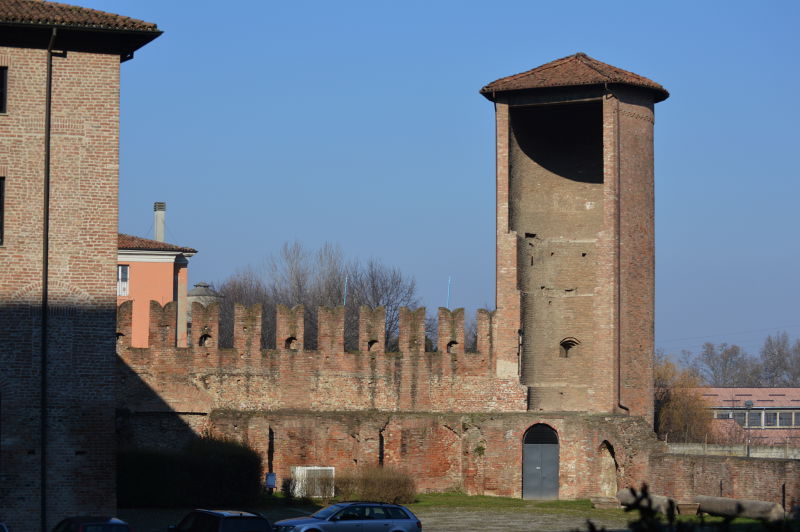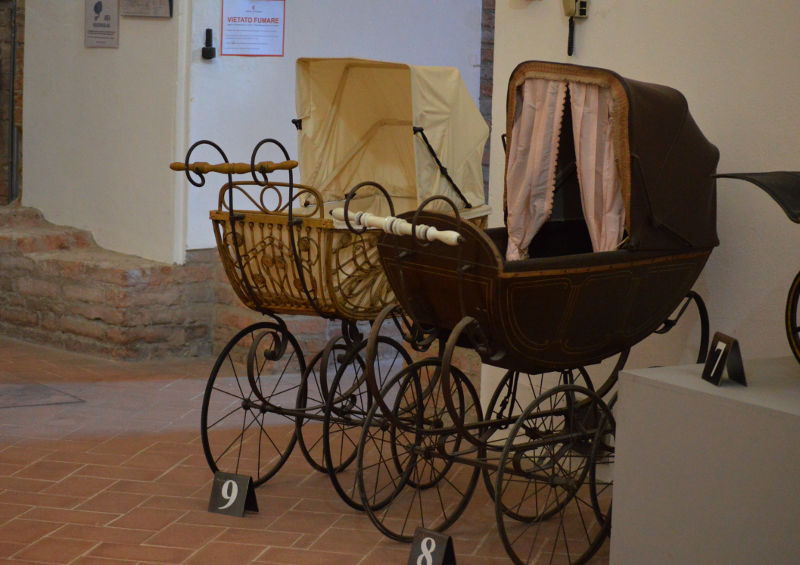|
If the changed historical conditions would have not prevent from ending the great plan, today this palace would be the most imposing in Europe.
Certainly, even if the building has been completed only for about a half, its majesty is absolutely visible.
Today it hosts important museums: the carriage museum (ground floor), the museum of the Risorgimento (mezzanine), the medieval section (mezzanine) and the picture gallery (first floor).
On the second floor there is the National Archive.
Placed in the north of the city, near the Po river, it rises on a pre-existent Visconti’s fortress, still visible in some parts. |
|
A short history:
The duke Ottavio Farnese married the natural child of the Emperor Charles V, so becoming his loyal ally.
Thanks to this alliance, Piacenza had no need of a fortress for defense, but the tie with the imperial family obliged Ottavio to display his richness and so he decided to build a splendid luxury palace.
Vignola was the architect of the original plan (1560-1564).
The works went on until 1602, when they were interrupted because of the changed situation of the small ducky.
In 1731 the last duke died without direct heirs and passed to Charles of Bourbon, who became King of Naples and Sicily in 1734. Therefore he transferred his residence to Naples, bringing all the furnishings of the Farnese palaces: pictures, statues, tapestries and even beds.
In 1803 the few remains were plundered by the Napoleonic troops.
In 1822 it was used as barracks for the Austrian troops.
At the end of the 2nd World War it housed the homeless.
Finally in 1965 the restoration began and now the building houses museums and exhibitions.
For more info:
palazzofarnese.piacenza
wiki Palazzo_Farnese |
























































































